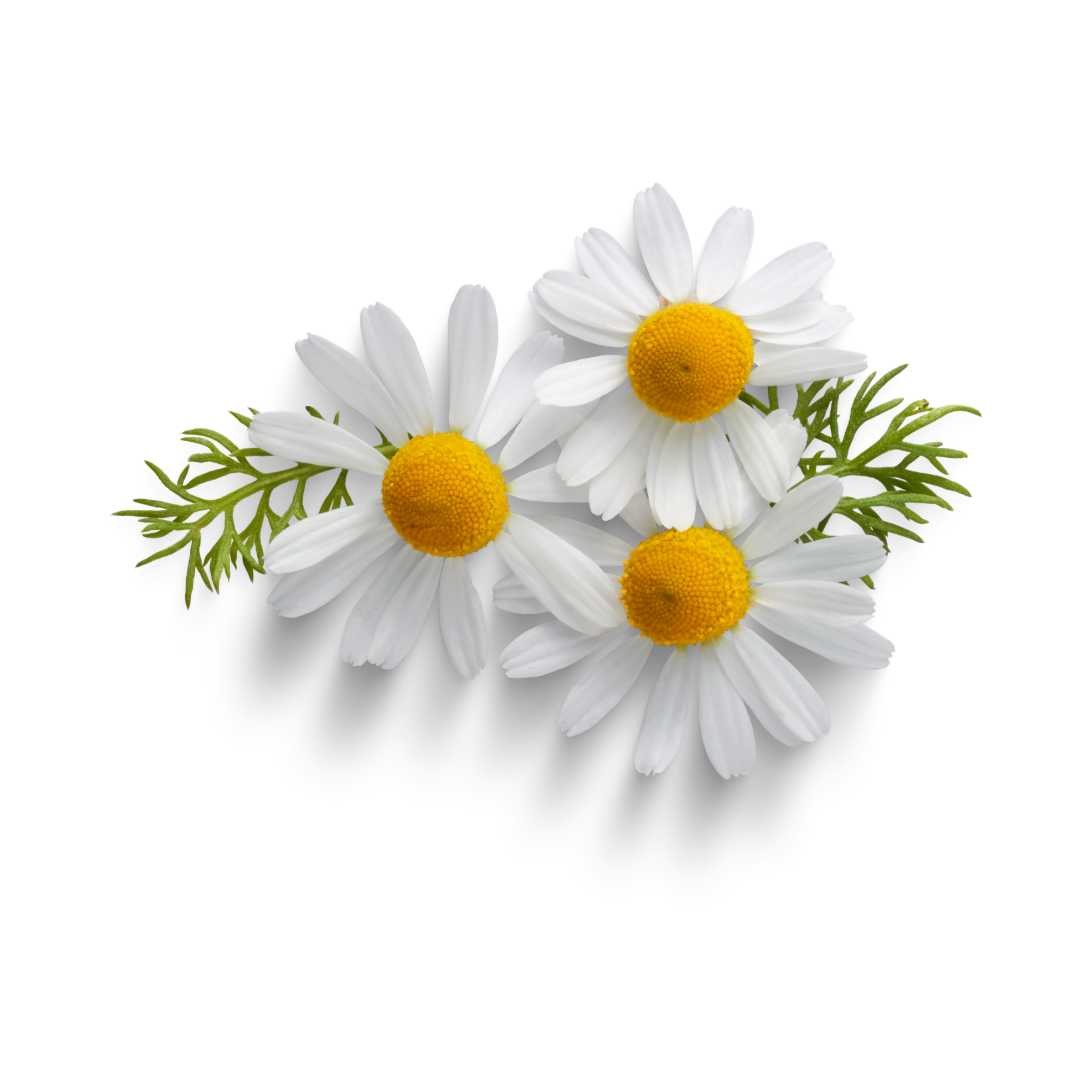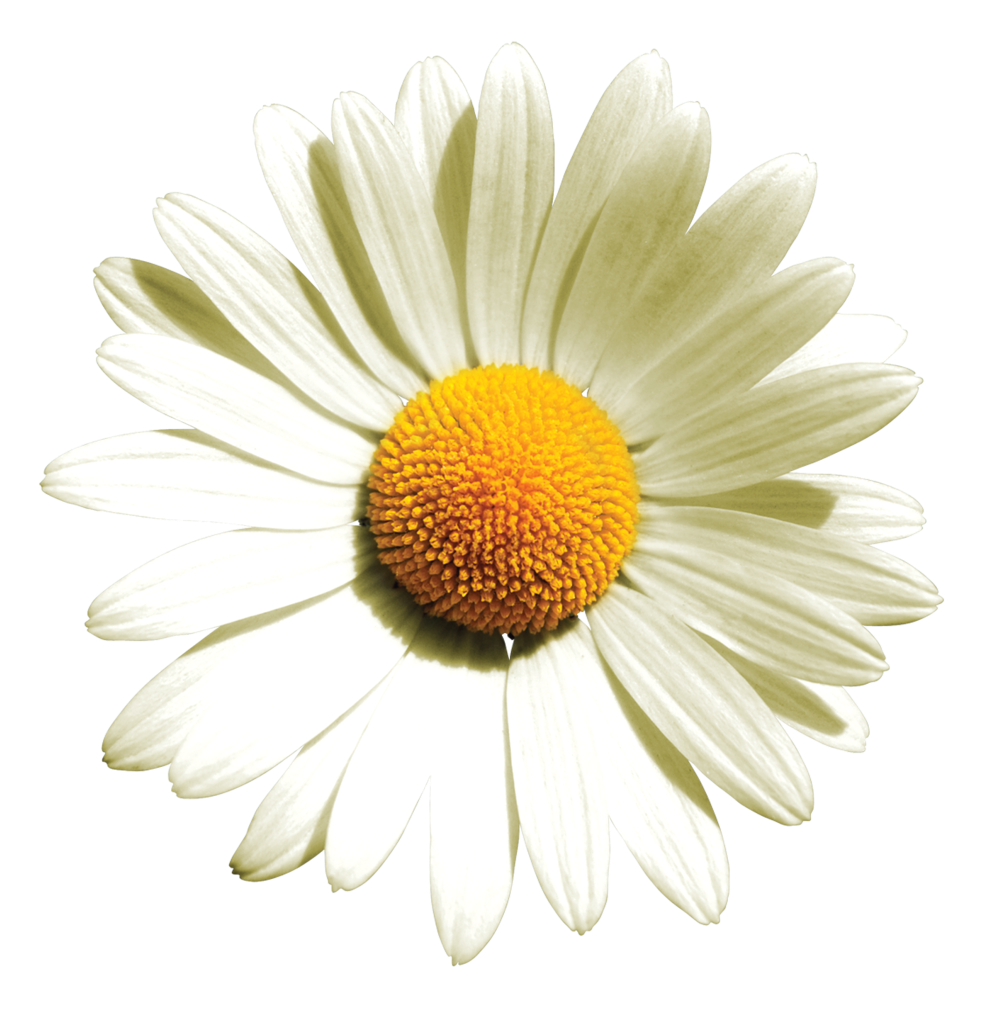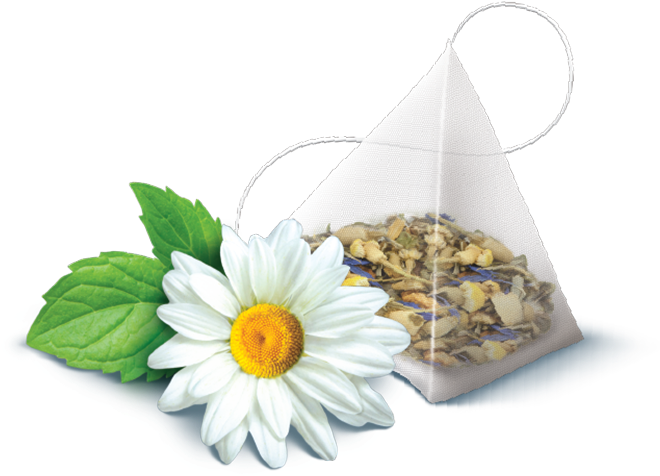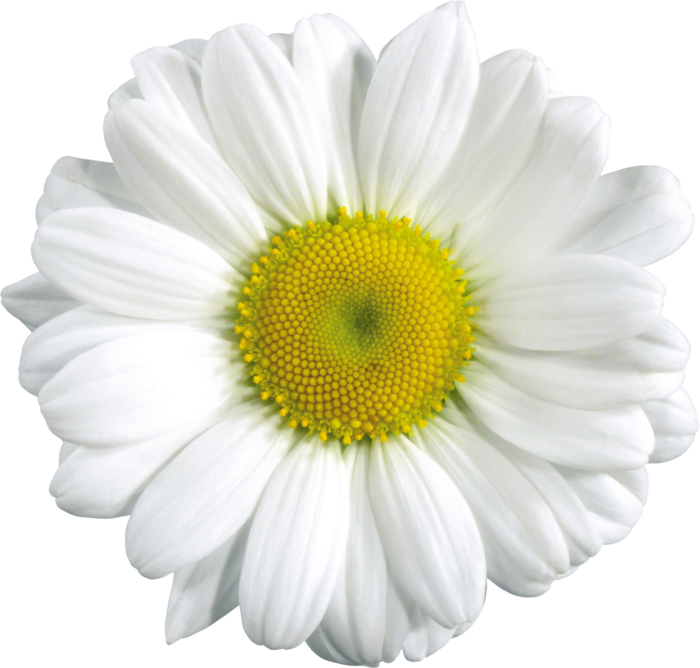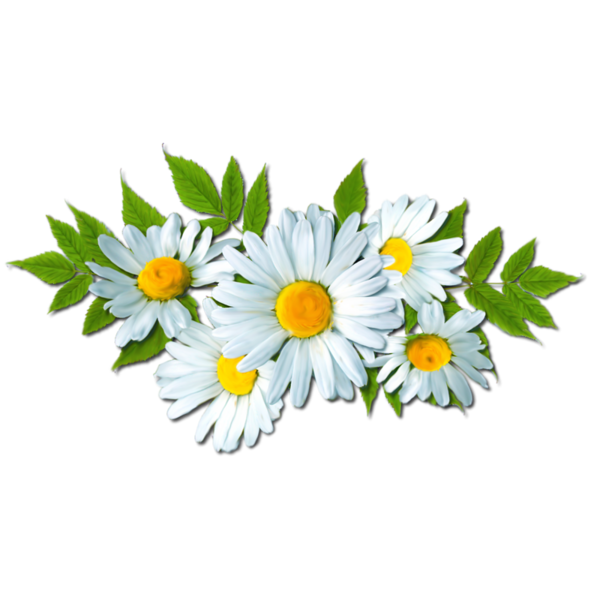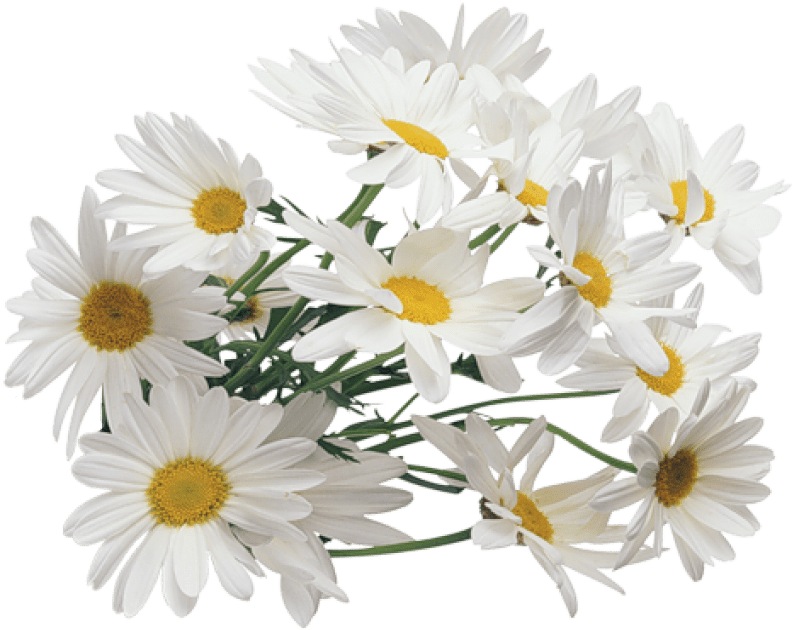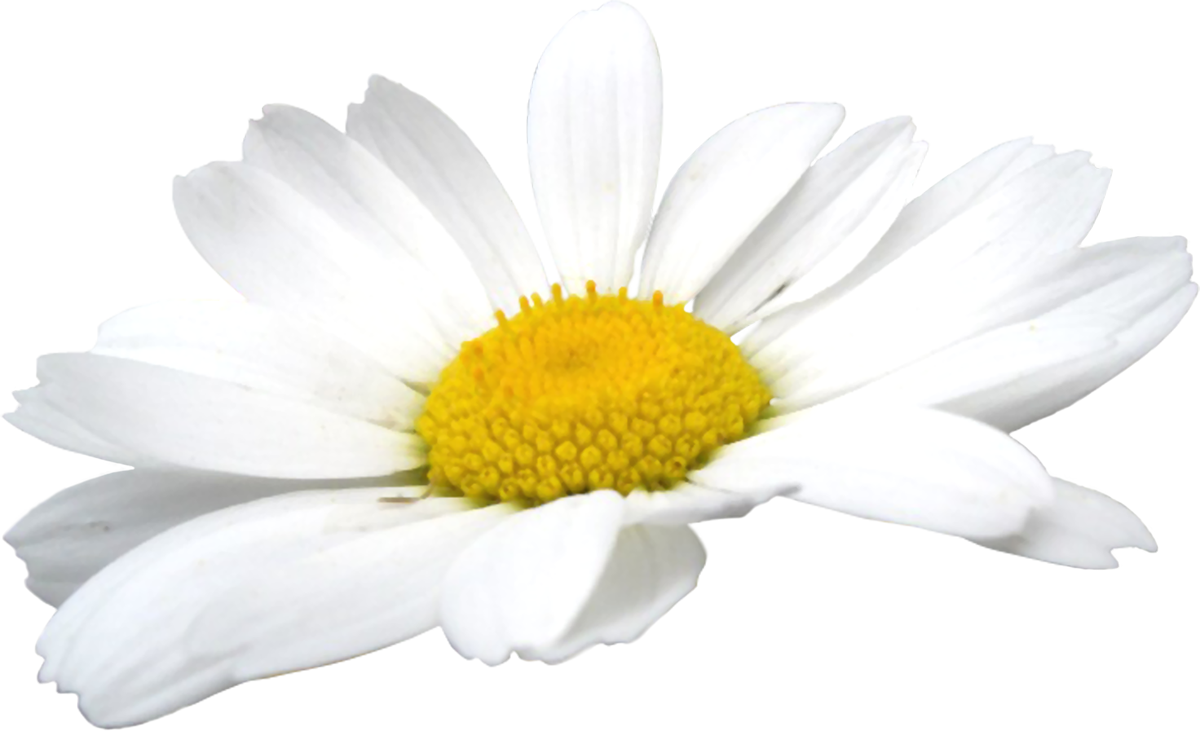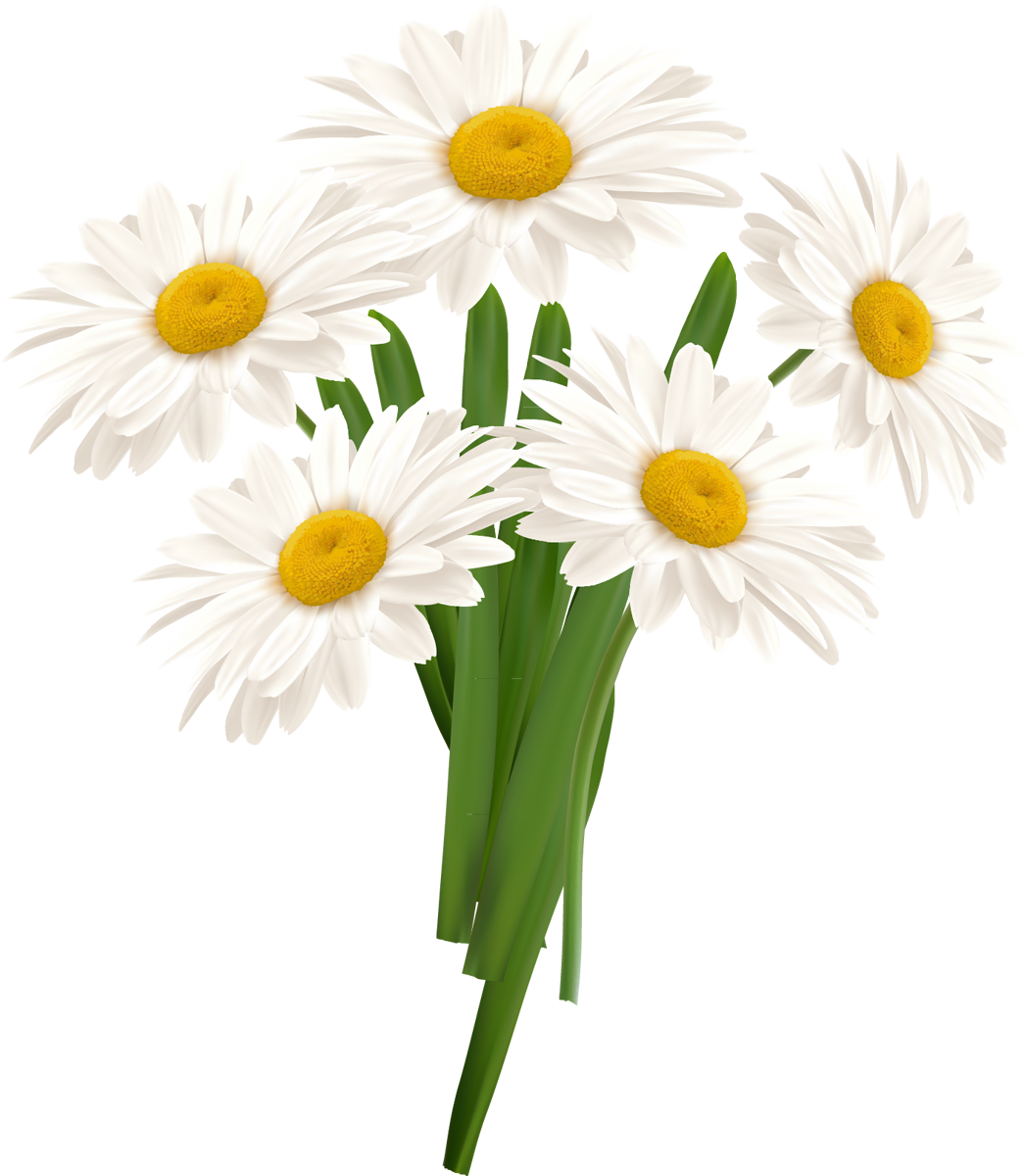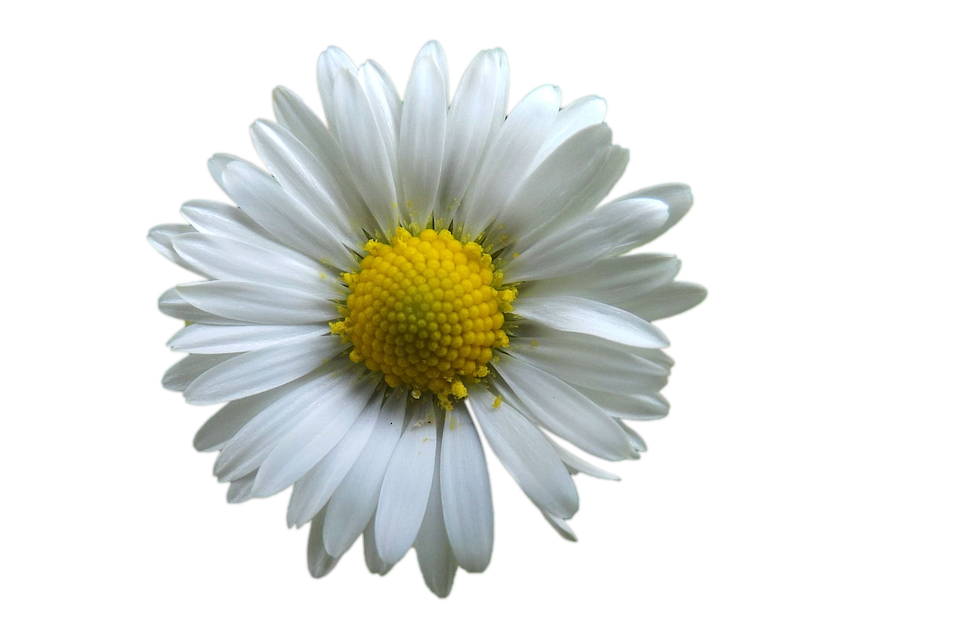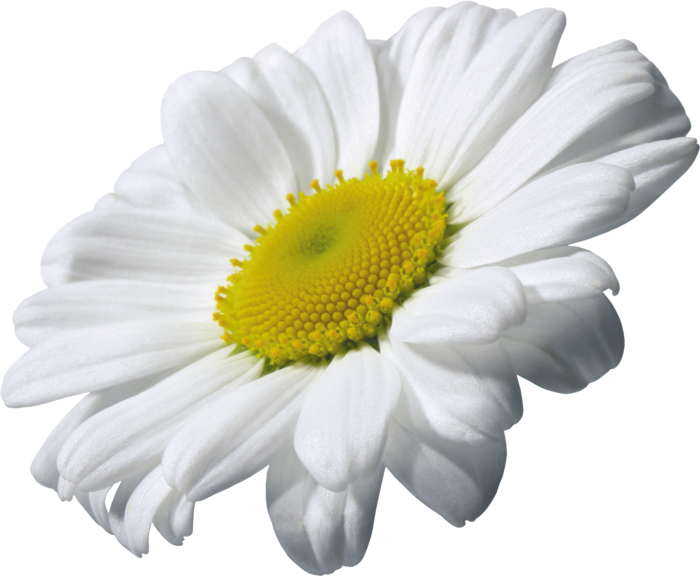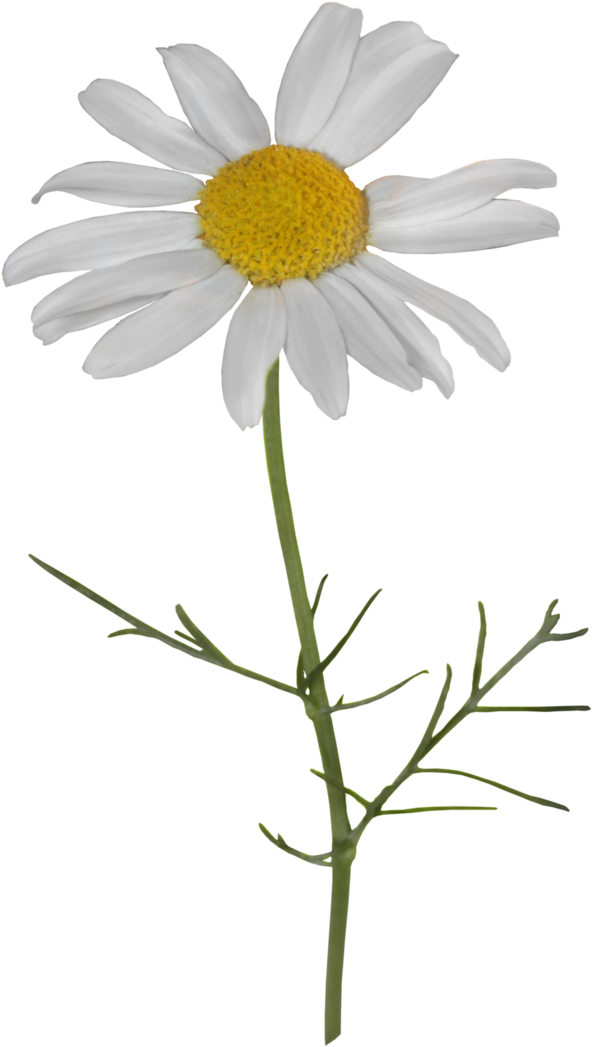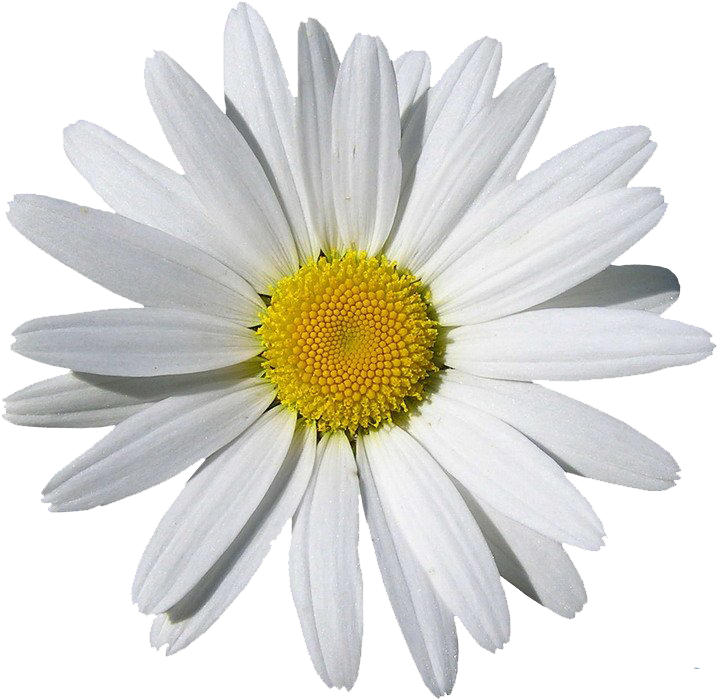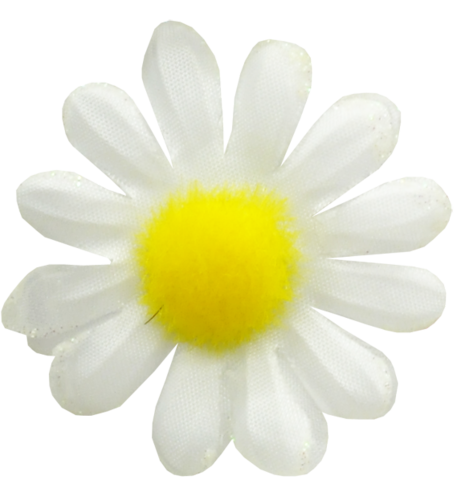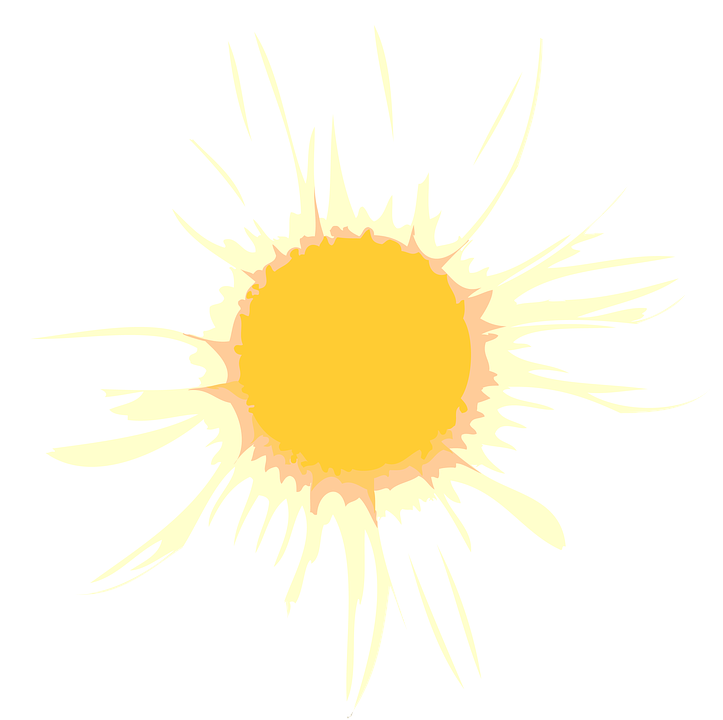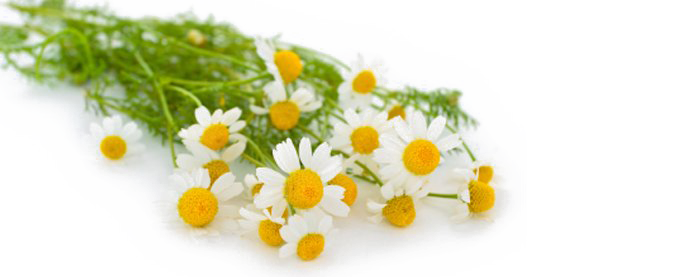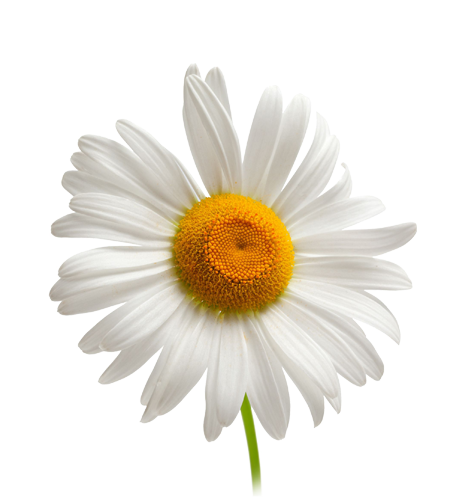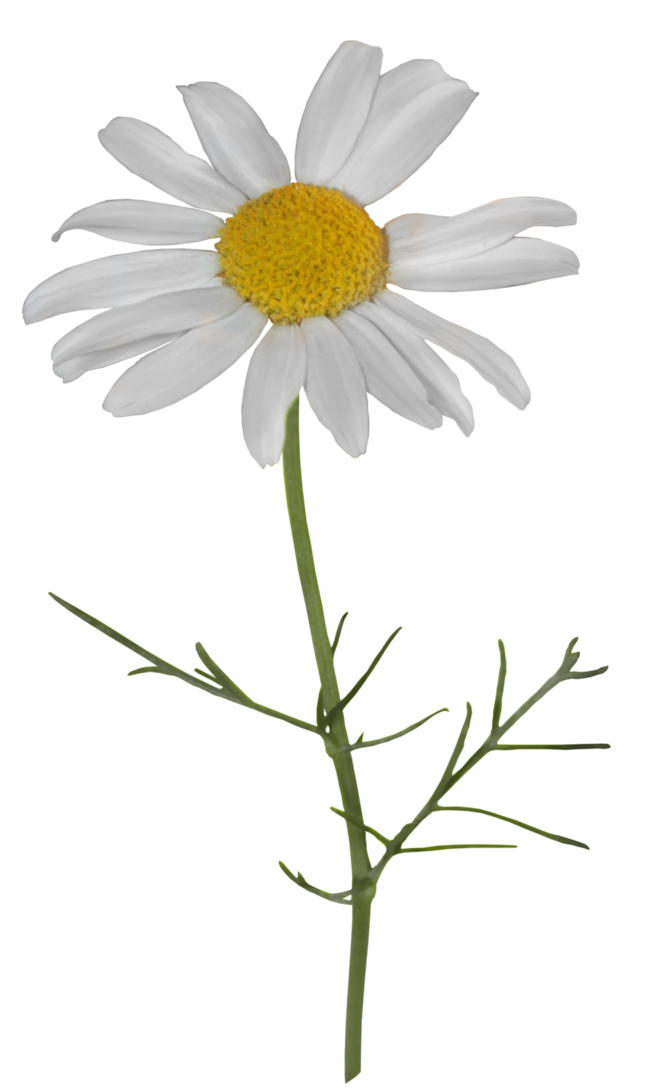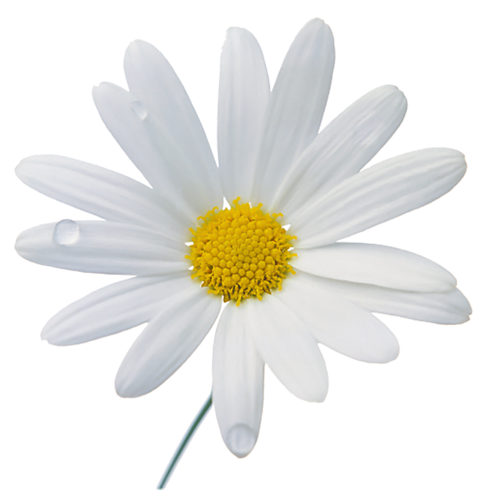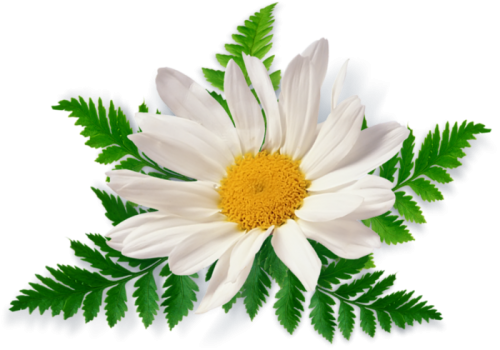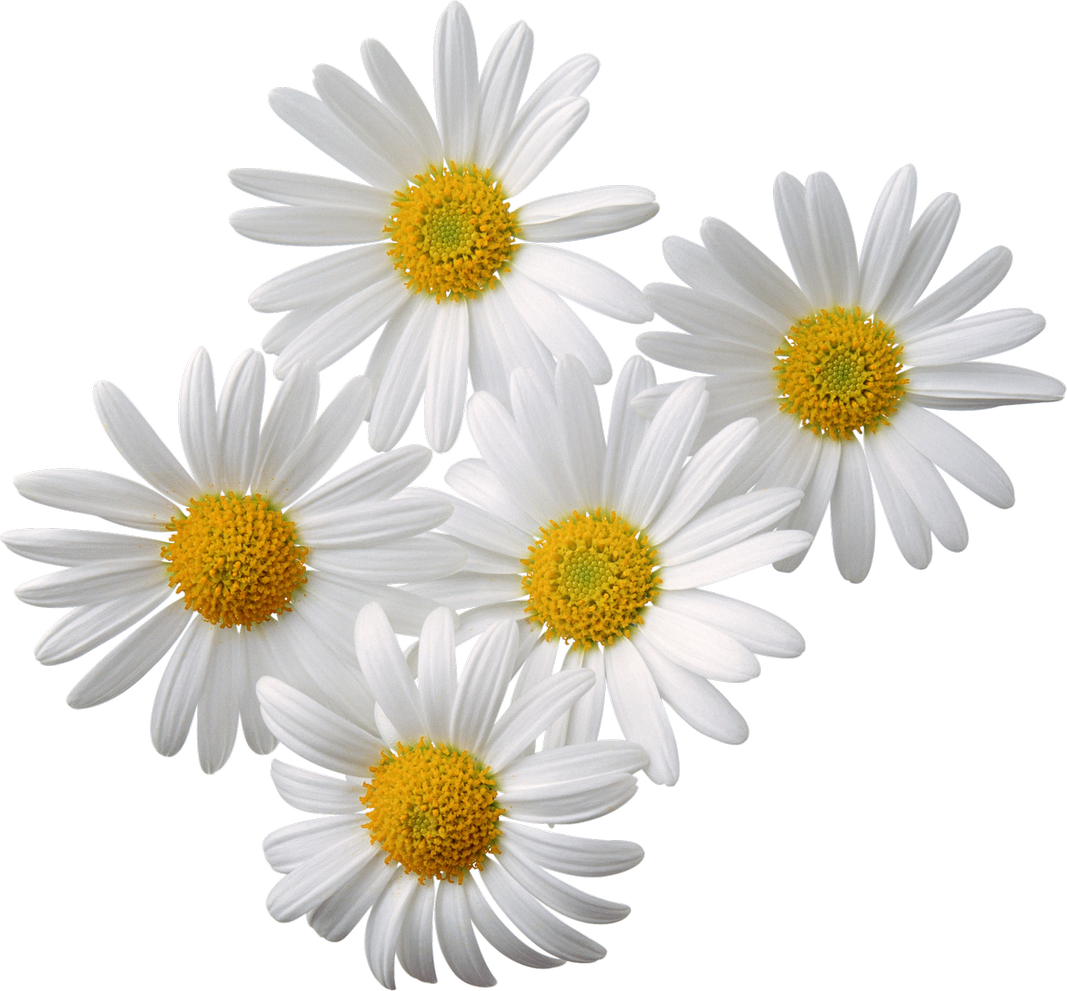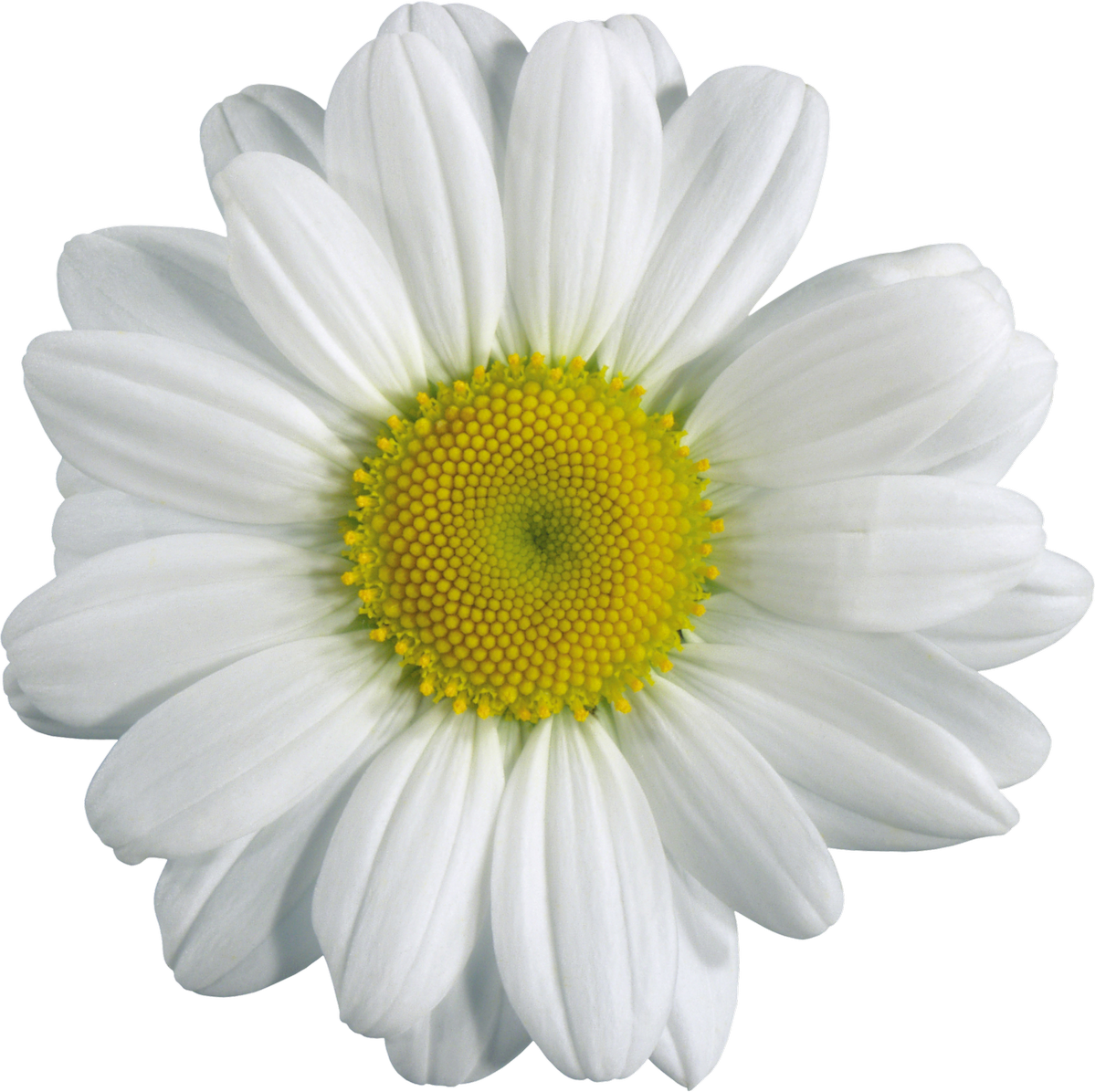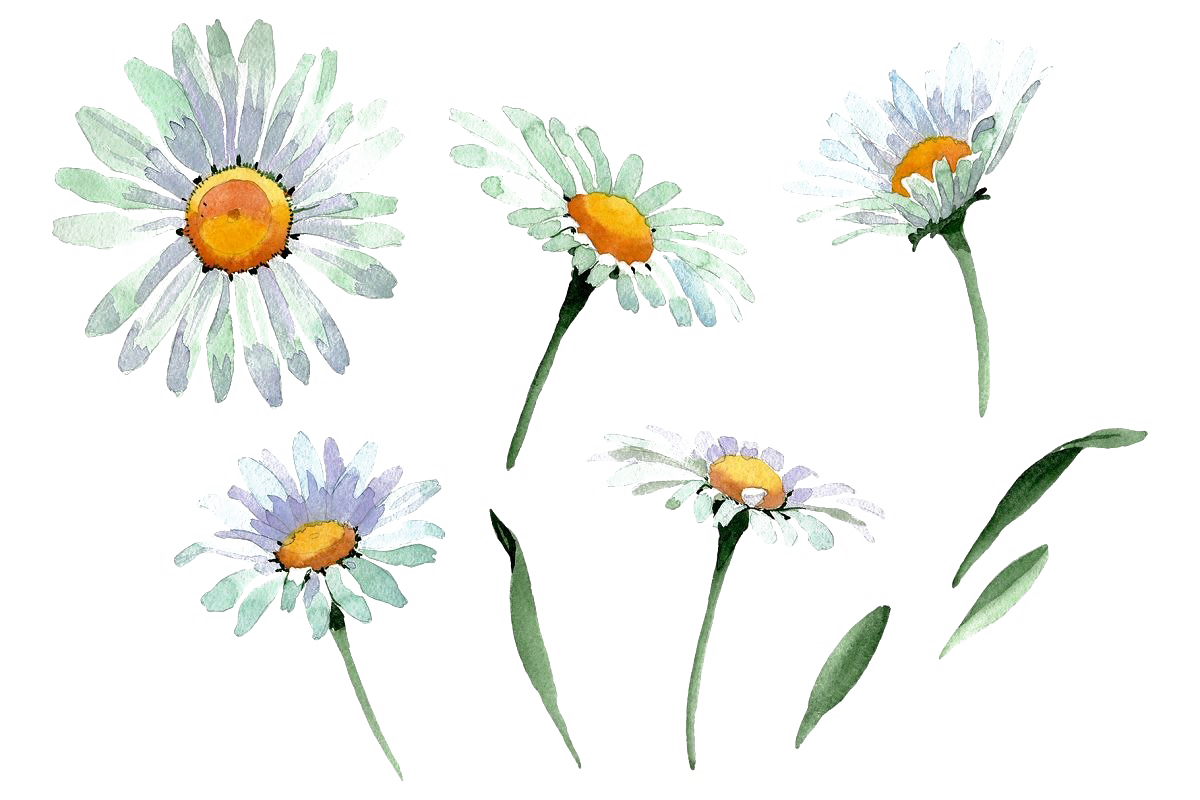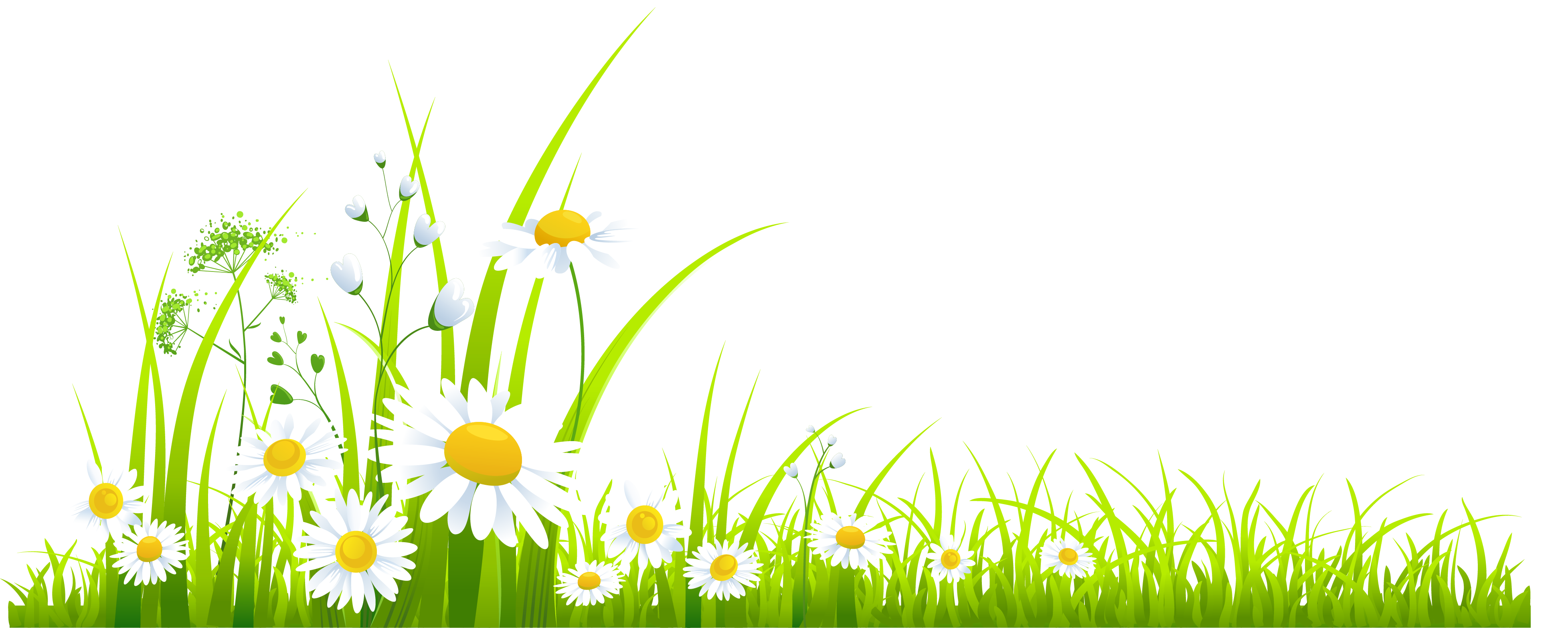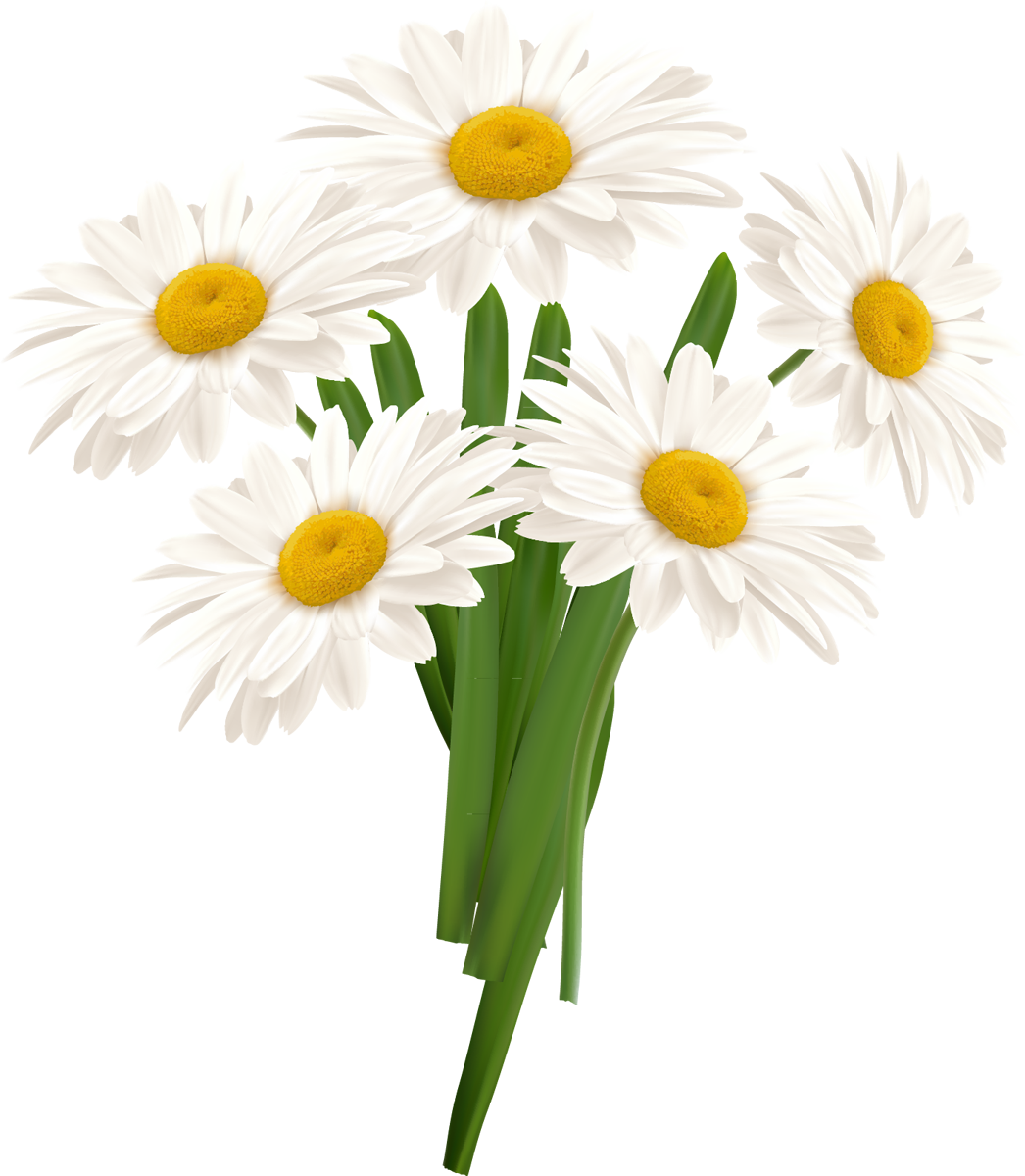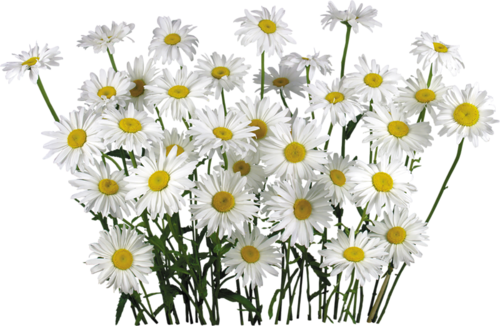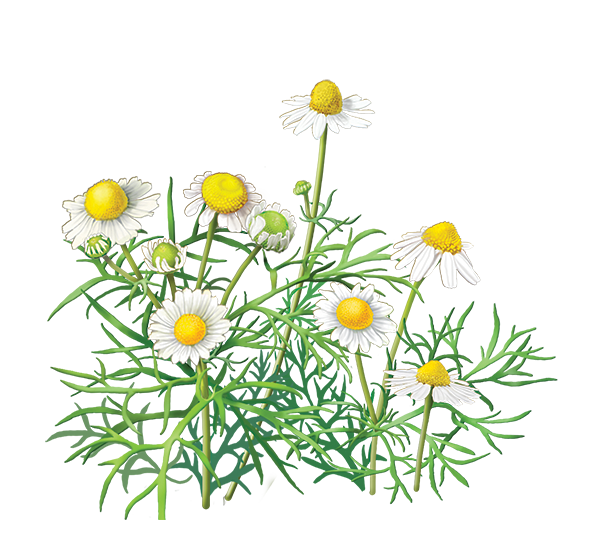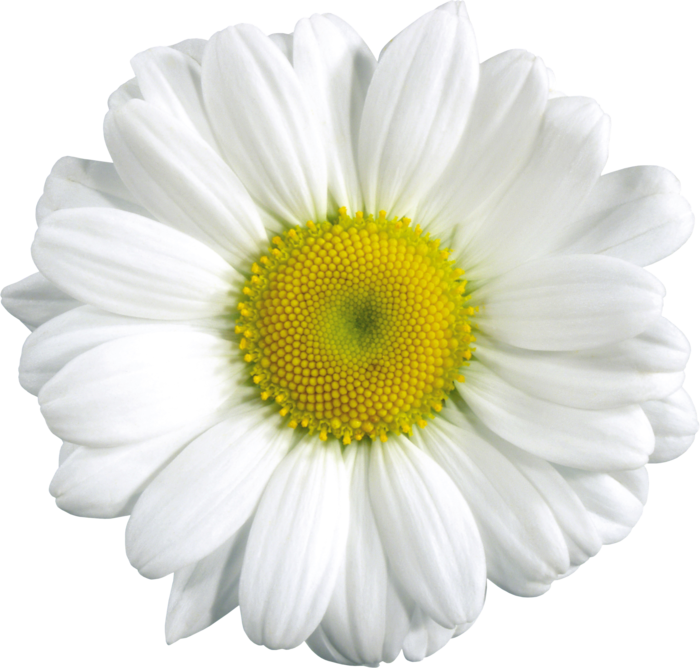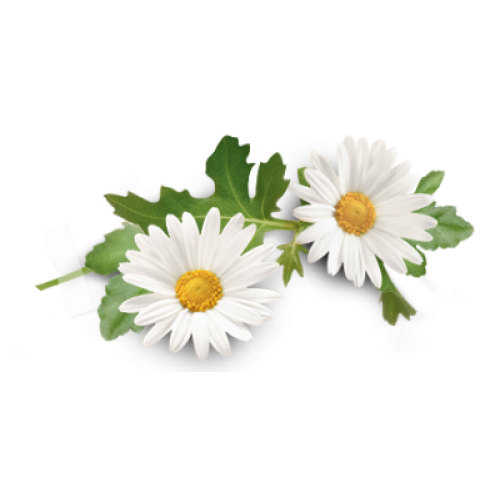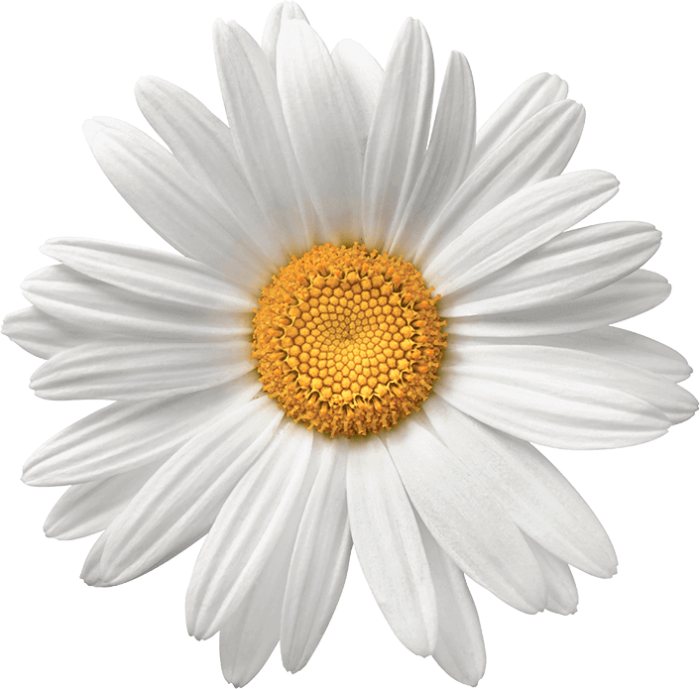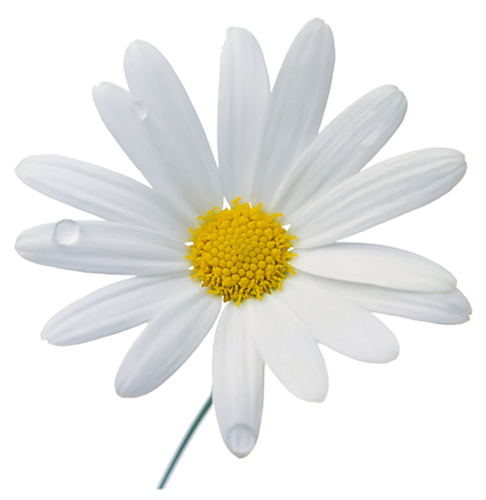Download top and best high-quality free Camomile PNG Transparent Images backgrounds available in various sizes. To view the full PNG size resolution click on any of the below image thumbnail.
License Info: Creative Commons 4.0 BY-NC
Chamomile is the common name for a group of daisy-like plants of the Asteraceae family. Matricaria recutita and Anthemis nobilis are two species widely used to produce herbal infusions for traditional treatment. There isn’t enough scientific data to suggest that eating chamomile in meals or beverages has any health benefits.
The term “chamomile” comes from the Greek words (khamai) “on the ground” and (mlon) “apple,” which were borrowed via French and Latin. The spelling “chamomile” was first used in the 13th century, and it is derived from the Latin chamomilla and the Greek chamaimelon. Camomile is a British derivative of the French word camomille.
Chamomile tea is a hot herbal infusion prepared from dried flowers. German chamomile (Matricaria recutita) and Roman chamomile are the two kinds of chamomile utilized (Chamaemelum nobile).
Chamomile has long been utilized in the production of beer and ale. Unlike tea, which only uses the blossoms, the entire plant has been utilized to produce brews and ales, providing a bitter taste component that craft breweries and homebrewers like.
Polyphenol chemicals such as apigenin, quercetin, patuletin, and luteolin are the primary components of chamomile flowers. The anti-anxiety effects of chamomile are being studied in the lab. There is no high-quality clinical evidence that it is effective in the treatment of insomnia or any other illness.
Chamomile usage has the potential to interact negatively with a variety of herbal remedies and prescription medications and exacerbate pollen allergies. Due to cross-reactivity, those sensitive to ragweed (also in the daisy family) may also be allergic to chamomile.
Apigenin, a phytochemical found in chamomile, can interact with anticoagulants and nonsteroidal anti-inflammatory medications. In contrast, other phytochemicals have the potential to interact negatively with sleep-inducing herbal remedies and vitamins.
Aspirin or non-salicylate NSAIDs (non-steroidal anti-inflammatory medications) should not be used with chamomile since it may create a herb-drug interaction.
Download Camomile PNG images transparent gallery.
- Camomile No Background
Resolution: 2500 × 2500
Size: 1918 KB
Image Format: .png
Download
- Camomile PNG Photo
Resolution: 1005 × 1024
Size: 925 KB
Image Format: .png
Download
- Camomile PNG Photos
Resolution: 660 × 476
Size: 351 KB
Image Format: .png
Download
- Camomile Flower PNG
Resolution: 700 × 668
Size: 532 KB
Image Format: .png
Download
- Camomile PNG Picture
Resolution: 600 × 600
Size: 221 KB
Image Format: .png
Download
- Camomile PNG Images
Resolution: 794 × 630
Size: 277 KB
Image Format: .png
Download
- Camomile PNG Pic
Resolution: 1200 × 731
Size: 712 KB
Image Format: .png
Download
- Camomile PNG
Resolution: 1046 × 1200
Size: 711 KB
Image Format: .png
Download
- White Camomile PNG Image
Resolution: 960 × 640
Size: 408 KB
Image Format: .png
Download
- Camomile Flower PNG File
Resolution: 700 × 576
Size: 427 KB
Image Format: .png
Download
- Camomile PNG Cutout
Resolution: 592 × 1047
Size: 290 KB
Image Format: .png
Download
- Camomile Flower PNG Image
Resolution: 718 × 700
Size: 476 KB
Image Format: .png
Download
- White Camomile
Resolution: 469 × 500
Size: 199 KB
Image Format: .png
Download
- Camomile Flower PNG Pic
Resolution: 1920 × 1920
Size: 243 KB
Image Format: .png
Download
- Camomile PNG File
Resolution: 723 × 720
Size: 107 KB
Image Format: .png
Download
- Camomile Flower
Resolution: 682 × 277
Size: 183 KB
Image Format: .png
Download
- White Camomile PNG File
Resolution: 474 × 500
Size: 177 KB
Image Format: .png
Download
- Camomile PNG HD Image
Resolution: 654 × 1088
Size: 318 KB
Image Format: .png
Download
- White Camomile PNG
Resolution: 486 × 500
Size: 204 KB
Image Format: .png
Download
- Camomile PNG Clipart
Resolution: 500 × 350
Size: 212 KB
Image Format: .png
Download
- Camomile Flower PNG Photo
Resolution: 1067 × 991
Size: 1090 KB
Image Format: .png
Download
- Camomile Flower PNG Cutout
Resolution: 1199 × 1196
Size: 1647 KB
Image Format: .png
Download
- Camomile PNG Image HD
Resolution: 1600 × 1200
Size: 394 KB
Image Format: .png
Download
- Camomile PNG Image File
Resolution: 1200 × 800
Size: 772 KB
Image Format: .png
Download
- Camomile
Resolution: 3911 × 1566
Size: 821 KB
Image Format: .png
Download
- Camomile Flower PNG Images
Resolution: 1046 × 1200
Size: 711 KB
Image Format: .png
Download
- Camomile PNG Image
Resolution: 500 × 326
Size: 316 KB
Image Format: .png
Download
- Camomile Transparent
Resolution: 600 × 560
Size: 414 KB
Image Format: .png
Download
- White Camomile PNG Pic
Resolution: 700 × 668
Size: 546 KB
Image Format: .png
Download
- Camomile PNG Free Image
Resolution: 500 × 500
Size: 120 KB
Image Format: .png
Download
- Camomile PNG Images HD
Resolution: 700 × 689
Size: 457 KB
Image Format: .png
Download
- White Camomile PNG Photo
Resolution: 486 × 500
Size: 200 KB
Image Format: .png
Download
